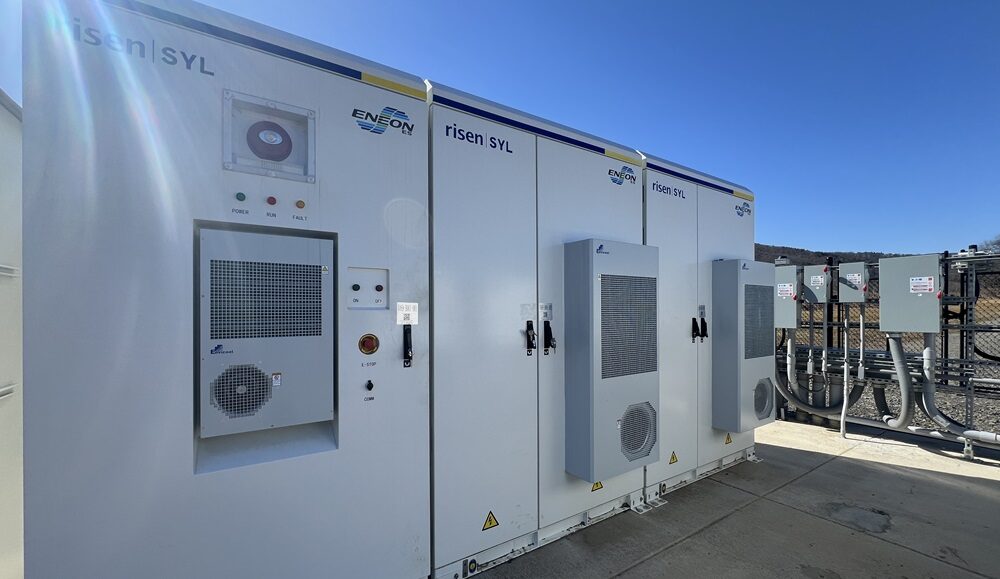From pv magazine Spain
Soltec, a manufacturer of solar trackers for large-scale projects, has partnered with the Fraunhofer Institute for Solar Energy Systems (Fraunhofer ISE) to develop a prototype of a two-axis tracker for concentrated PV applications.
The project, led by the German institute, aims to adapt Soltec’s solar tracker technology to the requirements of a new generation of micro-CPV modules operating at almost a thousand concentrated suns. “Micro-CPV modules impose demanding accuracy requirements on tracking in two directions to always orient the CPV modules precisely towards the sun,” Soltec stated.
The institute’s latest micro-CPV technology achieves 36.5% conversion efficiency and promises to increase electricity generation by 30% compared to today’s most efficient solutions.
“The solar tracker is a requirement for power generation in concentrated PV modules and the new development aims for a combination of structural robustness, scalability, cost competitiveness and the ability to coordinate precise movements with a wide range of rotation,” the Spanish manufacturer said.
The first prototype will be used to test the tracking accuracy throughout the day. At a later stage, the system can be equipped with 15.7 kWp of micro-CPV panels.
“Resource efficiency is becoming an increasingly important issue in photovoltaics and our technology immediately reduces module areas by 30% and semiconductors by 1,300 times. We believe that this technology should find its market share for photovoltaic power plants in sun-rich countries of the world,” added Frank Dimroth, head of photovoltaics and concentrator technology at Fraunhofer ISE.
The new concentration photovoltaic system “breaks paradigms in the traditional design of 2-axis solar trackers,” Soltec said in a statement. Furthermore, it will be compatible with solar hydrogen generation and agrovoltaics thanks to its ability “to adapt to different orientations and topographic conditions.” Furthermore, “CPV modules transmit diffuse solar radiation and allow plants to receive sufficient sunlight for their growth, while protecting them from excessive high-intensity radiation.”
This content is protected by copyright and may not be reused. If you want to cooperate with us and would like to reuse some of our content, please contact: editors@pv-magazine.com.



By submitting this form you agree to pv magazine using your data for the purposes of publishing your comment.
Your personal data will only be disclosed or otherwise transmitted to third parties for the purposes of spam filtering or if this is necessary for technical maintenance of the website. Any other transfer to third parties will not take place unless this is justified on the basis of applicable data protection regulations or if pv magazine is legally obliged to do so.
You may revoke this consent at any time with effect for the future, in which case your personal data will be deleted immediately. Otherwise, your data will be deleted if pv magazine has processed your request or the purpose of data storage is fulfilled.
Further information on data privacy can be found in our Data Protection Policy.